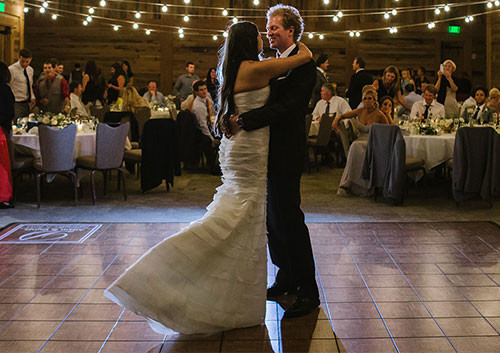Hue theory is an crucial element of aesthetics, particularly when it comes to designing light-emitting diode dancing floors. The interplay of hues can significantly affect the atmosphere and vibe of a space. Through grasping how colors function together, creators can create an ambiance that enhances the overall experience for dancers. This piece explores the fundamentals of hue theory and its application in light-emitting diode dance floor layouts.

The main hues are crimson, azure, and golden. These hues cannot be be made by blending different hues combined. Intermediate hues, such as green, tangerine, and violet, are formed by combining primary colors. Tertiary colors are formed by combining a primary hue with a intermediate hue. Understanding these basic connections helps creators select hues that enhance one another and create a visually appealing display. Mixing these hues on an light-emitting diode dancing surface can result to dynamic and exciting effects that capture the focus of dancers.
Color value also holds a crucial role in design. Hues can be classified as hot or chill. Warm colors, such as red, orange, and yellow, often to elicit emotions of enthusiasm and warmth. In contrast, cool hues like azure, emerald, and violet typically create a serene and tranquil environment. Designers can use these color values to establish the ambiance for various types of events. For instance, a celebration environment may gain from warm colors that energize the crowd, while a further relaxed event might employ chill colors to provide a soothing influence.
In furthermore to color combinations and value, luminosity and saturation are essential elements to consider. Luminosity denotes to how light or dark a hue looks, while intensity measures the vividness of a hue. Bright, saturated hues can generate a vibrant and lively atmosphere, ideal for dance floors. On the contrary hand, go to the website softer, lower intense colors can create a further muted atmosphere. Through adjusting brightness and saturation, creators can attract attention to specific sections of the dance floor or establish sight pathways, guiding dancers through the venue.
Ultimately, it is essential to consider the emotional impacts of color in LED dancing surface designs. Different hues can elicit various emotions and reactions. For instance, red is often linked with passion and vitality, while azure can be soothing and peaceful. Understanding these connections enables designers to strategically apply hues to influence the behavior of participants. Through integrating color see this website theory into light-emitting diode dancing surface designs, creators can enhance the total experience, rendering it memorable and enjoyable for all participating.
Comments on “Enhancing Ingenuity With Color Principles in Light Emitting Diode Movement Surface Creations”